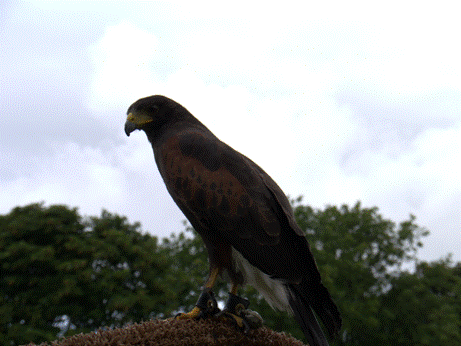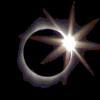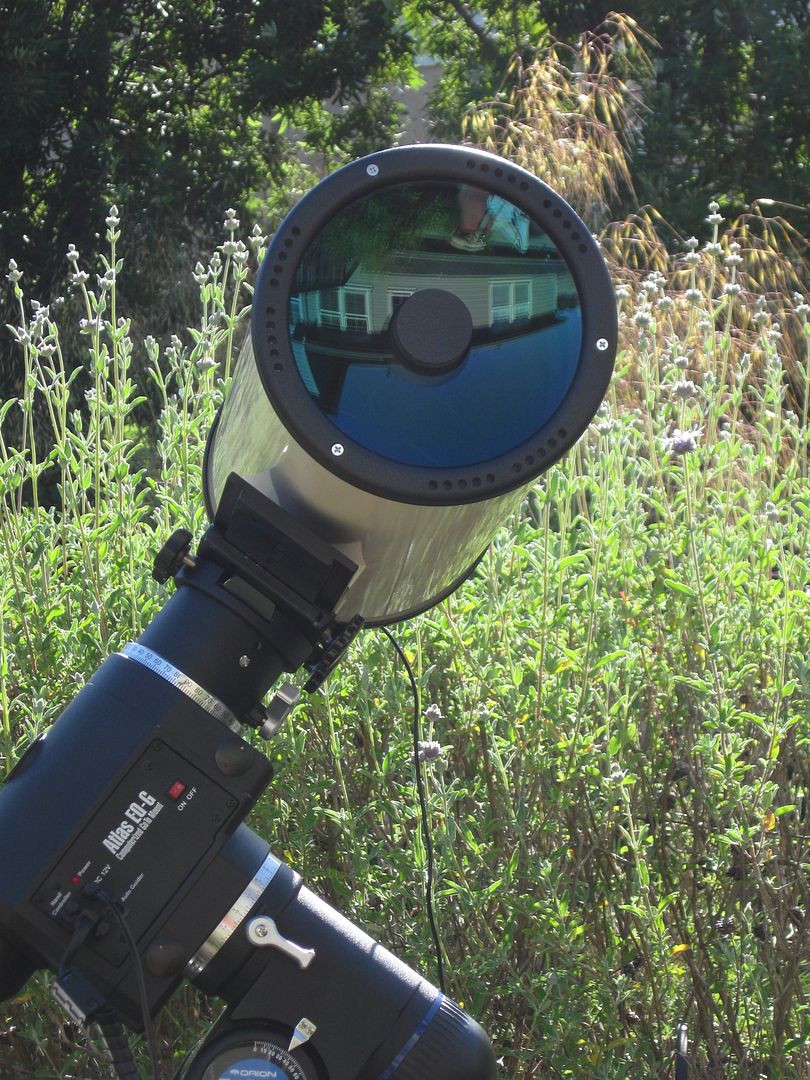Thanks Neil, if you ever find yourself this way, just let me know. We are very lucky with the sky here. It is still odd, though, to see Polaris so low in the Northern Sky, and The Plough almost literally tilling the earth
Mrs H (Now officially Dr) is content to look through one of my scopes about once a year. I have higher hopes for our boy to become an observing companion - that would be great
And so to business: last night I put the 3.8" achro (102mm XLT) through the same obstacle course. Seeing was much improved over the previous evening, and of course the Mak gives 50% larger images with my lowest power EP, so I really need to do this side-by side. The doublet is very nice though, I think the two are very close in performance, with only a little trading between the two on different aspects of the presentation. The slightly wider field afforded by the 1000mm focal length did offer a bit more context to some of the Messier Objects and at f/10, and ~28x absolutely gorgeous sharp stars across the field of view. I spent most of the night at this power, save for a peek at The Double-Double, resolved nicely, and the Ring Nebula where I bumped to ~133x. Seeing let me see much more than on the 20th
The one thing I am certain of, as I've accumulated and used 'scopes like these is that I value all of them and enjoy the design and individual character of each. There is no burning desire to spend a fortune in search of perfection. Moreover, they are a toolkit, each with slightly different capabilities and suitability for different conditions. That is my interpretation of culture, and hopefully that means I get out more!
Cheers
Ed
Hi Ed,
I would be delighted to hook up with Clan Holland at some stage. Life is long and we find ourselves in unexpected places.
Fondest congrats to your other half on securing her Ph.D.
4" f/10 achromats are generally excellent. I spent years using one as virtually my only instrument. Indeed, the first thing that rang alarm bells in my head about apochromats was when I saved up to buy a 4-inch Televue Genesis f/5 refractor. One evening, I was comparing an old Tal 100R achromat to the Genesis at ~200x on the Red Planet and the achromat delivered a better image to my eye, no question.
Incidentally, the chap whom I bought the Genesis off was a retired reverend who told me that he had an ETX 125 in his stable. I now see why he kept his ETX!
Apochromats are forever tainted in my eyes. Their builders promised the Earth, and they delivered next to nothing!
Regards,
Neil. ![]()
Edited by astroneil, 23 August 2014 - 04:30 PM.






















